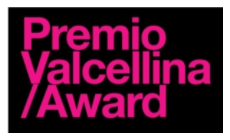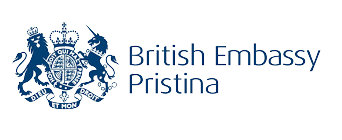Martha Carrión Jaulis supported by MANTAS Y TRENZAS
PERU | 2019
SECTION OF DRESS: Traditional Floral motifs
Martha, drawn to embroidery from a very young age – used to stitch in secret on old blouses, copying designs she saw around the house.
The text below is written by Maria Carrión Jaulis, founder of Mantas Y Trenzas:
“ It was in 2012 Huamanga, Ayacucho - Peru; that blankets and braids are created in a context where the image of women began to strengthen in economic activities, we seek that the embroidery that women in the communities do is strengthened and considered as a job that generates income for the family. That is why I, Maria Carrión Jaulis a textile artisan, together with the women of the peasant communities, began to work textile products with handmade embroidery.
Ayacucho embroidery is characterized by being used in the typical clothes of the Ayacucho communities that represent an art of coexistence with nature. Since their designs are generally floral, this traditional clothing was what prompted us to use the embroidery technique in the elaboration of textile handicraft products and we also encourage the work of women with their artistic skills so that they contribute economically to their family basket.
For the Red Dress Project, the artisan who made the embroidery was Martha, who is in charge of improving the embroidery stitches so that the work is finished well. She worked with great patience and detail each part of the embroidery that was applied on the fabric, it was a new experience because she had never worked the embroidery on a silk fabric, at the same time she gained a new experience in the embroidery on a fabric that is very thin and smooth in texture.
Martha Carrión Jaulis was born in Huamanga on December 15, 1979, in the community of Tocyaslla - Socos, Huamanga – Ayacucho. From a very young age she was very observant, from the age of 7 she practiced embroidering using any thread and she mentions:
“I saw embroidery, its colours and stitch techniques on the tablecloths at home, I started to like that and I started trying to copy it without know what embroidery stitch did, I just wanted to embroider something similar”.
All this work was done in secret from the mother because she did not want to spoil any fabric, so Martha used old blouses and whatever thread she found at home, so she practiced her embroidery because she could not stay without doing anything.
The design for the Red Dress is the characteristic representation of Ayacucho embroidery; it shows its origins in the garments worn by women in the communities with the warm colors that distinguish it. This project, the red dress, reminded us that we must always maintain the colors and the concept of Ayacucho embroidery, we are happy to know that the art of Ayacucho women is valued in various parts of the world. We appreciate being part of this great adventure and we will always be willing to contribute our craft work to future events.”
MANTAS Y TRENZAS, embroidery made art.
—
To contact Martha for commisions, please write to Maria at: mantasytrenzas@gmail.com
OUR SUPPORTERS
A huge thank you to all who have given their time, energy, enthusiasm, advice, experience and support to The Red Dress project over the years.
In addition to the organisations below, funding has been gratefully received from a number of private donations and via three crowdfunding campaigns in 2020, 2022 and 2024.
In addition to the organisations below, funding has been gratefully received from a number of private donations and via three crowdfunding campaigns in 2020, 2022 and 2024.












"
"